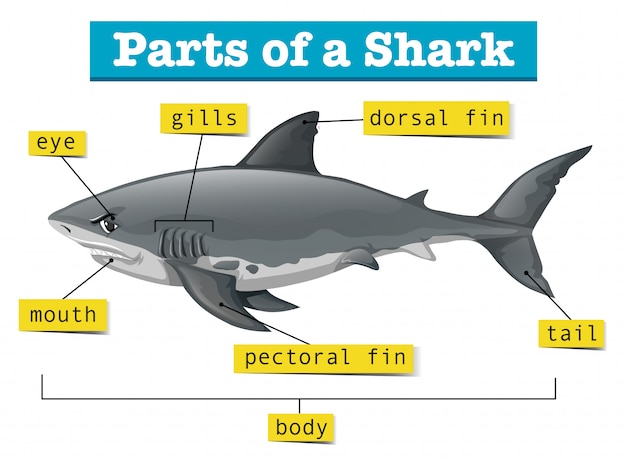Fascinating Facts about the Megalodon

The megalodon was the largest shark to have ever lived.
Megalodon means big tooth in Ancient Greek.
These gigantic creatures roamed the oceans approximately 23 million years ago.
Megalodons could reach lengths of up to 60 feet or more.
It is estimated that the bite force of a megalodon was stronger than that of any other creature in history.
Fossils of megalodon teeth have been found in different parts of the world, revealing their massive size.
The average megalodon tooth measures around 7 inches in length.
Megalodons primarily fed on marine mammals, including whales and dolphins.
These apex predators had highly developed senses to locate their prey, including an acute sense of smell.
The megalodon is often referred to as a prehistoric super predator.
Although megalodons are now extinct, their presence has left a significant impact on the marine ecosystem.
The lifespan of a megalodon is estimated to have been around 20-30 years.
Megalodon fossils have been found in a wide range of locations, including North America, Europe, Africa, and Australia.
The megalodon had multiple rows of teeth, with each tooth being replaced regularly.
The largest megalodon tooth ever discovered measures over 7 inches in height, making it a prized collector’s item.
Megalodon teeth were thick and triangular in shape, making them ideal for slicing through flesh.
The massive size of the megalodon made it virtually invulnerable to any other predator in its environment.
Fascinating Facts about the Megalodon part 2
The extinction of the megalodon is still a topic of scientific debate, with various theories proposed.
Megalodon teeth are highly sought after by fossil enthusiasts and can fetch high prices in the market.
The enormous size of the megalodon led researchers to label it as a monster shark.
The body structure of the megalodon differed from modern sharks, with a more robust build.
Megalodons likely gave birth to live young, rather than laying eggs, to ensure the survival of their offspring.
Megalodon teeth were self-sharpening, allowing the shark to continue hunting efficiently.
The discovery of megalodon teeth suggests that these creatures likely inhabited both shallow and deep waters.
Megalodons had a unique hunting technique, using their immense size to surprise and overpower their prey.
The teeth of the megalodon were serrated, which helped them slice through the tough flesh of their prey.
Megalodons are believed to have reached sexual maturity around the age of
The enormous size of the megalodon required a diet consisting of large amounts of food to sustain its energy needs.
Megalodons were likely more widespread during the Miocene and Pliocene epochs.
The existence of megalodons has been a subject of fascination and inspiration for numerous books, movies, and documentaries.
Megalodon fossils provide valuable insights into the ancient marine ecosystem and the dynamics of prehistoric marine life.
The estimated body weight of a megalodon was around 50-70 tons, making it one of the heaviest marine creatures ever.
The fins of the megalodon were powerful, allowing it to maneuver swiftly in the water.
The decline in the population of large marine mammals could have contributed to the eventual extinction of the megalodon.
Megalodons had a highly efficient sensory system, detecting even the slightest vibrations in the water.
The teeth of the megalodon were adapted to grip and hold onto struggling prey.
The sheer size of the megalodon’s jaw allowed it to swallow large chunks of its prey in one bite.
Megalodons are often referred to as prehistoric giants, reflecting their immense size.
Megalodon remains have been found in association with other prehistoric creatures, providing clues about the ecological interactions of that time.
The serrations on megalodon teeth were deeper towards the tip, indicating different stages of tooth development.
The incredible size of the megalodon made it a formidable predator, exerting dominance over the oceans.
Despite the magnitude of their teeth, megalodons did not use them to chew but rather to grip and tear apart their prey.
Megalodons likely had a slow growth rate, taking several years to reach their full size.
The megalodon’s hunting strategies may have involved ambushing prey from below, utilizing their size to create a sudden surge of water.
The extinction of the megalodon left a void in the marine ecosystem, allowing other marine predators to diversify and occupy different ecological niches.

